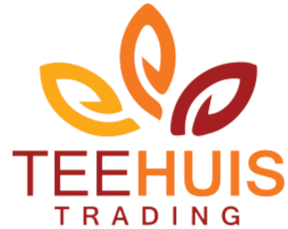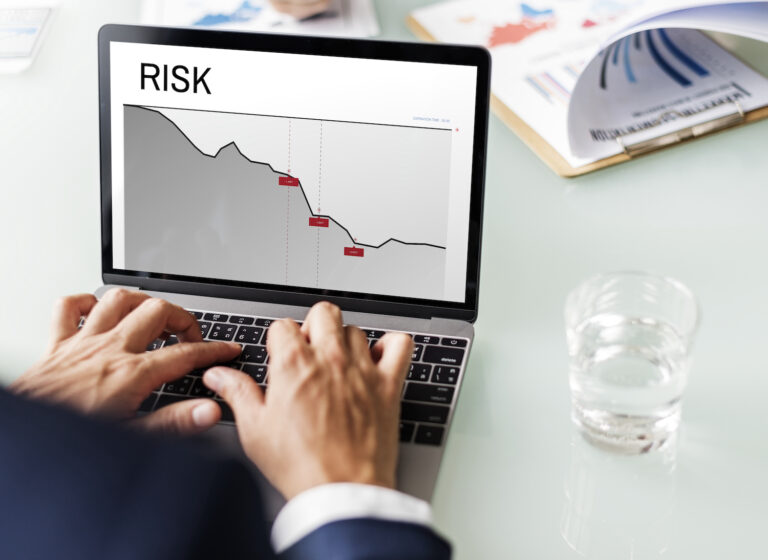Introduction:
In the high-stakes world of commodities trading, the ability to navigate risks effectively is a crucial skill that separates successful traders from the rest. This post aims to demystify the intricate realm of risk management in commodities trading, providing comprehensive insights into its significance, methodologies, and practical strategies that traders can employ to safeguard their investments and enhance their chances of success.
Understanding the Significance of Risk Management:
The commodities market is inherently volatile, influenced by a myriad of factors ranging from geopolitical events to supply chain disruptions. Effective risk management is not merely a precautionary measure; it is the backbone of a robust trading strategy that ensures resilience in the face of uncertainties.
Key Components of Risk Management:
- Identifying Risks: Delve into the process of identifying and categorizing risks in commodities trading. Explore market risk, operational risk, credit risk, and other factors that traders need to consider.
- Quantifying Risk Exposure: Discuss the methodologies used to quantify the extent of risk exposure. From statistical models to scenario analysis, understanding how to measure risk is fundamental to managing it effectively.
Practical Risk Management Strategies:
- Diversification: Explore the concept of diversification as a risk mitigation strategy. Discuss how spreading investments across different commodities, sectors, or geographic regions can help offset losses.
- Hedging Techniques: Examine various hedging techniques available to commodities traders. From futures contracts to options, highlight how these financial instruments can be employed to hedge against price fluctuations.
- Setting Stop-Loss Orders: Emphasize the importance of setting clear stop-loss orders to limit potential losses. Provide insights into determining appropriate stop-loss levels based on market conditions and risk tolerance.
- Continuous Monitoring and Adjustment: Stress the dynamic nature of risk management. Encourage traders to continuously monitor market conditions, reassess their risk exposure, and adjust their strategies accordingly.
Risk Management Tools and Technologies:
- Utilizing Technology: Discuss the role of technology in enhancing risk management. Explore how advanced analytics, artificial intelligence, and data-driven insights empower traders to make informed decisions and mitigate risks proactively.
- Risk Management Platforms: Highlight the emergence of specialized risk management platforms designed for commodities trading. Discuss their features and how they assist traders in identifying, analyzing, and managing risks in real-time.
Case Studies and Real-Life Applications:
Illustrate risk management concepts with real-life case studies. Showcase instances where effective risk management strategies have saved traders from significant losses or positioned them to capitalize on market opportunities.
Conclusion:
Demystifying risk management in commodities trading is a vital step toward empowering traders with the knowledge and tools necessary for success. By understanding the significance of risk management, implementing practical strategies, and leveraging technology, commodities traders can navigate the volatile market landscape with confidence, ensuring longevity and profitability in their trading endeavors.

